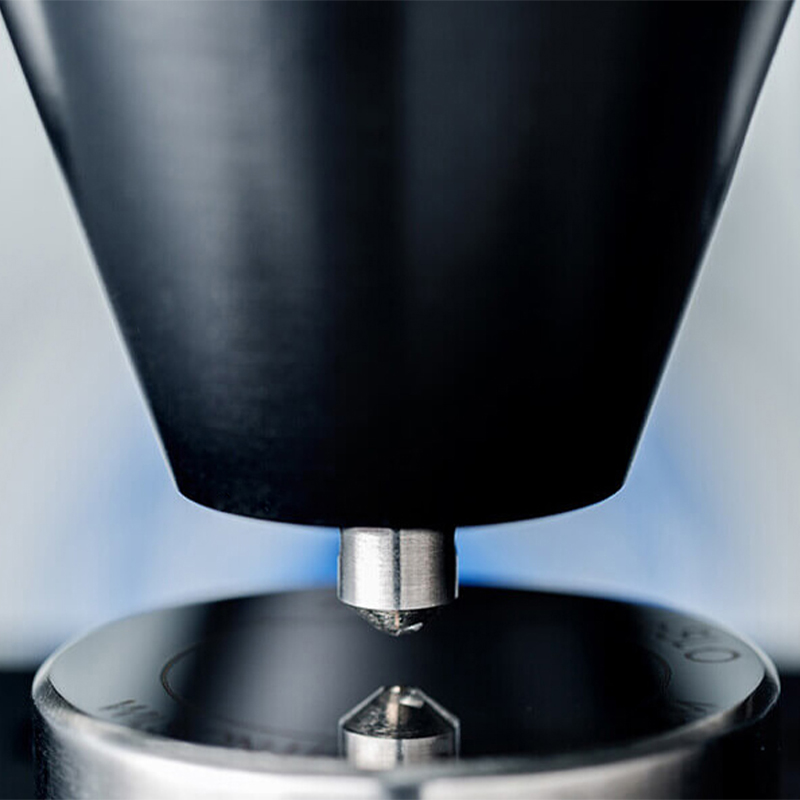Metallurgical laboratories play a crucial role in materials analysis, where the properties and composition of metals and alloys are examined to ensure their quality and performance. Various advanced equipment and techniques are employed in metallurgical labs to conduct thorough analyses and investigations. In this article, we will explore some of the common types of metallurgical lab equipment used in materials analysis.
Optical Microscope:
The optical microscope is a fundamental tool in metallurgical labs for magnifying and examining metal samples. It allows technicians and metallurgists to view the microstructure of the material, including grain size, phase distribution, and inclusions. Optical microscopes can be equipped with polarizing filters to observe birefringent structures and differentiate between different phases in the metal.
Scanning Electron Microscope (SEM):
The SEM is a powerful tool used in materials analysis to obtain high-resolution images of metal surfaces. It uses a focused electron beam to scan the surface of the sample and generate images with detailed information about the microstructure and topography. SEM is also equipped with energy-dispersive X-ray spectroscopy (EDS) capabilities, which allow for elemental analysis and identification of the composition of the material.
Transmission Electron Microscope (TEM):
The TEM is an advanced microscopy technique used to examine the internal microstructure of materials at the atomic level. It operates similarly to an SEM but transmits electrons through the sample rather than scanning its surface. TEM provides detailed information about crystal defects, dislocations, and grain boundaries in metals.
X-ray Diffractometer (XRD):
XRD is used to determine the crystallographic structure and phase composition of metallic samples. It works by directing X-rays at the sample, which causes the X-rays to diffract based on the crystal lattice arrangement. By analyzing the diffracted pattern, metallurgists can identify the crystal structure and phase content of the material.
Differential Scanning Calorimeter (DSC):
DSC is used to study the thermal behavior of metals and alloys. It measures the heat flow into or out of a sample as a function of temperature, providing information about phase transformations, melting points, and heat capacity.
Thermogravimetric Analyzer (TGA):
TGA is used to determine the weight changes of a sample as a function of temperature. It can be used to study various processes, including phase transitions, decomposition, and oxidation of metals and alloys.
Hardness Tester:
Hardness testing is an essential part of materials analysis, and hardness testers are used to determine the hardness of metals. Common methods include Brinell, Rockwell, Vickers, and Knoop hardness tests. Hardness measurements provide valuable information about the material's mechanical properties and its resistance to deformation and wear.
Tensile Testing Machine:
Tensile testing machines are used to assess the mechanical strength and properties of metals under tension. The machine applies a controlled tensile force to a sample until it reaches its breaking point. Tensile tests provide data on the material's yield strength, ultimate tensile strength, and elongation.
Spectrometers:
Spectrometers, such as atomic emission spectroscopy (AES) and inductively coupled plasma spectroscopy (ICP), are used to determine the elemental composition of metals and alloys. These instruments analyze the emission or absorption of specific wavelengths of light, providing quantitative data on the presence of various elements in the material.
Glow Discharge Optical Emission Spectrometry (GDOES):
GDOES is used to analyze the depth profile of surface coatings and layers on metals. It measures the concentration of elements at various depths, providing information about the coating thickness and elemental distribution.
Surface Profilometer:
Surface profilometers are used to measure surface roughness and texture of metals. They scan the surface of the material and generate a profile, which gives information about the surface characteristics and roughness parameters.

Chemical Analyzers:
Chemical analyzers, such as gas chromatography (GC) and inductively coupled plasma-mass spectrometry (ICP-MS), are used to determine the chemical composition of metals and alloys. These instruments provide precise and accurate data on the concentration of trace elements in the material.
Metallographic Sample Preparation Equipment:
Metallographic sample preparation equipment, including cutting machines, grinding and polishing machines, and etching equipment, is used to prepare metal samples for microscopy and analysis. Proper sample preparation is crucial for obtaining accurate and representative results in metallurgical analysis.
Microhardness Tester:
Microhardness testers are used to measure the hardness of small, localized areas on metal samples. These testers are especially useful for studying variations in hardness within a sample, such as near grain boundaries or weld zones.
Corrosion Testing Equipment:
Various corrosion testing equipment, such as salt spray chambers and electrochemical corrosion testing instruments, are used to evaluate the corrosion resistance of metals and alloys in different environments.
Metallurgical lab equipment plays a critical role in materials analysis, helping to characterize and understand the properties of metals and alloys. From microscopes that reveal the microstructure to spectrometers that identify elemental composition, these tools provide valuable insights for engineers, researchers, and industries involved in materials development, quality control, and failure analysis. The combination of advanced microscopy techniques, analytical instruments, and mechanical testers enables comprehensive materials analysis and ensures the reliable performance of metallic materials in various applications.

